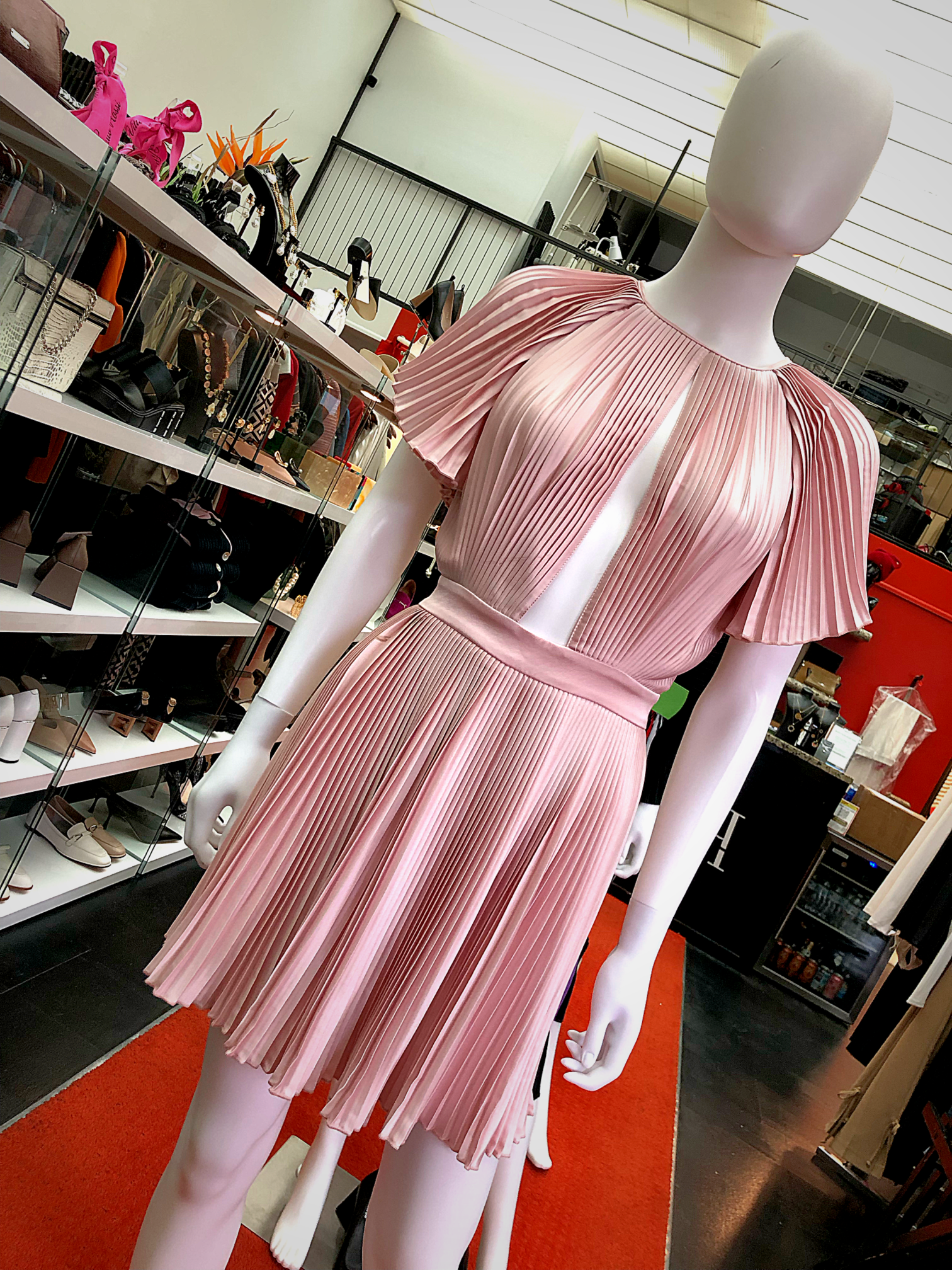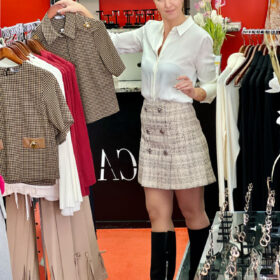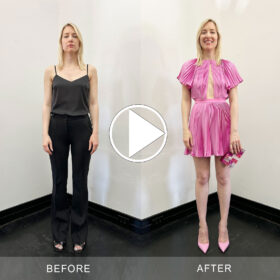Do you hate shopping because fashion has never been a big part of your life…
A topic that has been trending in recent years is that of sustainability. Whether you’re talking about farming techniques, construction, energy sources, or fashion, the concept of sustainability and looking to the future’s well-being is at the forefront of many people’s minds.
Sustainability and fashion
In the context of this blog, we’re focusing on how the trend of sustainability has impacted the fashion world, from everyday department and chain stores to the big name fashion houses like Gucci and Prada who are striving to limit their carbon footprints. Sustainability is exemplified by resale and thrift stores from the approach of repurposing and reusing existing materials.
However, another way to achieve sustainability is through shopping wisely and finding clothing manufacturers that use natural materials, conscientious processes and fabrication, safe and humane working conditions, and long-lasting, quality materials. After all, the higher the quality of material and execution, the longer an article of clothing or an accessory will last. This aids in the sustainability movement because you’re buying one high-quality product instead of having to buy multiple over time because they wear out.
Now, the caveat to that type of sustainability approach is that the high-quality, longer-lasting product typically comes with a bigger price tag, which, for some, causes a bit of sticker shock. But, if you compare buying one more expensive item once to purchasing, say, three lesser quality items at a lower price point, things end up evening out. Especially, when you consider having to have items repaired or the cost of seeking out a replacement, whether that includes time, money, fuel, wear and tear on a vehicle, postage, fees, etc. Chances are, you’ll end up paying more in the long run.
But let’s back up for a moment because we want everyone to be on the same footing whether their footwear is made of genuine leather or man-made materials. What does sustainability actually mean and how does it translate to fashion, and in particular, how does it impact your fashion decisions?
Sustainability defined
According to investopedia.com, sustainability refers to the ability to maintain or support a process continuously over time–can a business, in their manufacturing, prevent the depletion of natural or physical resources so they remain available long term? As mentioned above, big fashion houses are working toward creating smaller carbon footprints, as are many companies, businesses, and corporations worldwide in all sectors from automotive to cosmetics. And some clothing brands, like Reformation, market themselves as sustainable women’s clothing companies and share their sustainability reports online. And some businesses only use existing fabrics and materials to create their clothing.
Sustainability and our brands
Other elements attached to sustainability, aside from the environmental concept, are those of economic and social concepts. For example, one of our favorite brands that we carry – Gepur – is based in the Ukraine, currently a war-torn country. To combat the social and economic repercussions of war, the company started the Gepur Volunteer Headquarters to help the Ukrainian army and country by outfitting more than 25,000 soldiers with warm clothing. This is a means of promoting sustainability from a humanitarian approach, as nothing is more important than sustaining life.
Another way Gepur is furthering the concept of sustainability is by focusing on internal beauty, not just the external. By drawing attention to the beauty women hold within, Gepur is helping create a healthier and more sustainable mindset for today’s women that can be passed down to future generations.
Now, as we all know, styles come and go and come back. Particular colors, looks, or garments fade out of the spotlight, only to reemerge a couple decades later, like high-waisted pants, bodysuits, oversized tops, and the neon color palette. The ‘90s vibe is still going strong, but trends from the early aughts and the new millennium are resurfacing, which to the chagrin of some, includes low rise and boot cut jeans. All that to say, trends don’t last but they do return.
A key to sustainability is to not get caught up in current trends, but to find classic pieces, cuts, and silhouettes that never go out of style. Another brand we love is Gizia of Turkey, which creates collections featuring timeless, sophisticated pieces and lines that embrace high-end fashion for a more ready-to-wear price point. A contemporary fashion brand, Gizia creates modern elegance with natural materials, while also drawing from classic styles of decades past – when something is timeless, it’s time is never up! Quality made pieces that gracefully transition from one year or one decade to the next promote sustainability with their multifaceted longevity.
Sustainability and the future
So, even though the initial price of high-quality articles of clothing and accessories may seem like a lot, in the scheme of sustainability – economic and environmental, especially – the items pay for themselves in time and durability. The question remains, and only you can answer it: would you rather purchase one item at a higher price from a company that uses quality materials and exhibits healthy stewardship of the environment with an eye to the future? Or would you prefer to buy the lower quality item several times from a company that cranks out clothing in factories that may not operate with the most sustainable or ethical processes? We leave the choice to you, but highly recommend the former in the name of sustainable fashion and a sustainable future.
By Alex Dailey
Edited by Alona Kelly







This Post Has 0 Comments